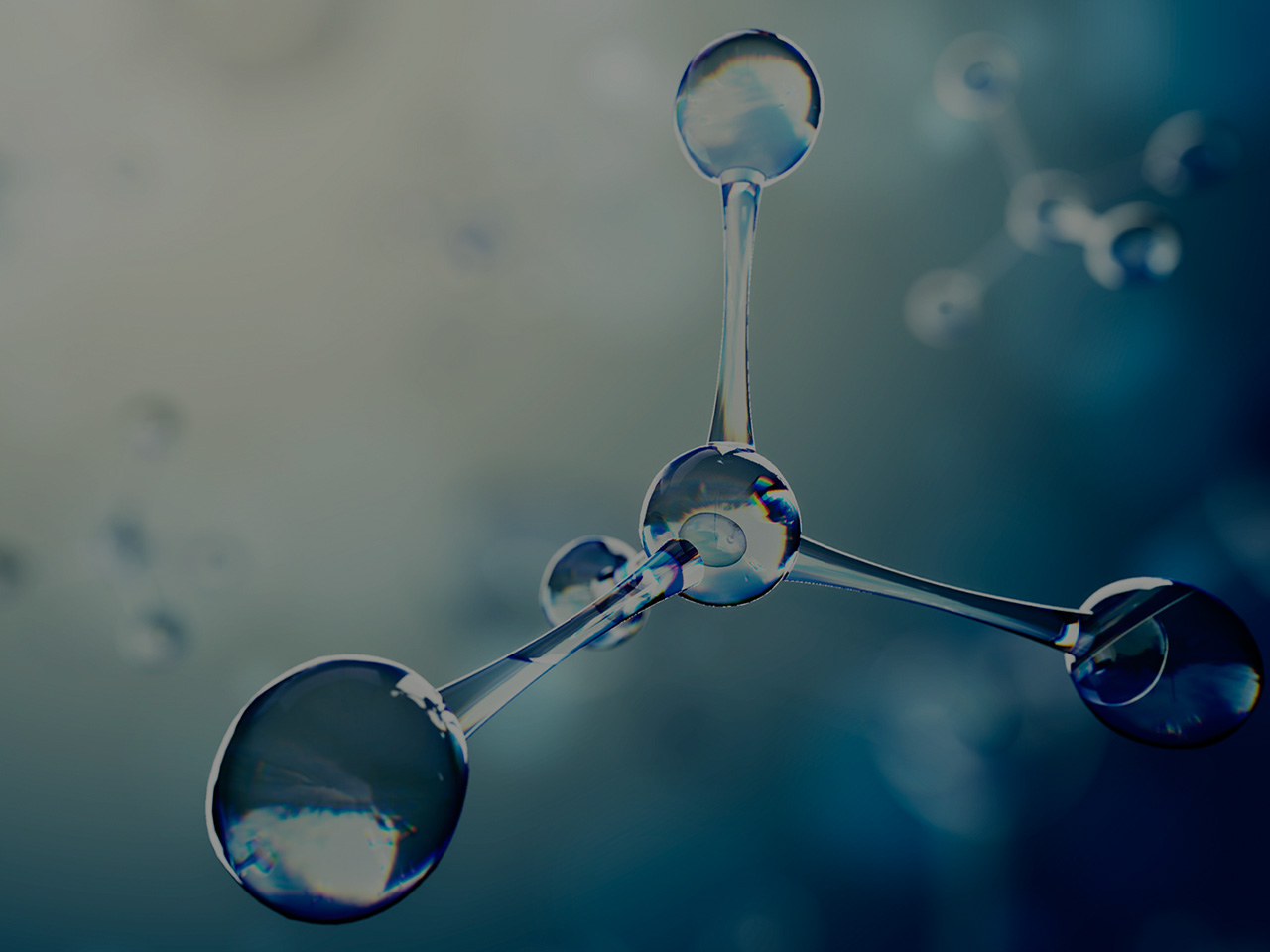

The number of electrons in each element’s electron shells, particularly the outermost valence shell, is the primary factor in determining its chemical bonding behavior. The configuration of these electrons follows from the principles of quantum mechanics. Since the number of electrons and their arrangement are responsible for the chemical behavior of atoms, the atomic number identifies the various chemical elements. Each electron is influenced by the electric fields produced by the positive nuclear charge and the other (Z – 1) negative electrons in the atom. Therefore, the number of electrons in neutral atom of Oxygen is 8. The number of electrons in an electrically-neutral atom is the same as the number of protons in the nucleus. Oxygen-15 is synthesized through deuteron bombardment of nitrogen-14 using a cyclotron. It is frequently used in positron emission tomography, or PET imaging. Oxygen-15, which is an unstable isotope of oxygen, is composed of 8 protons, 7 neutrons, and 8 electrons. Oxygen-18 is composed of 8 protons, 10 neutrons, and 8 electrons.

Both 17O and 18O are secondary isotopes, meaning that their nucleosynthesis requires seed nuclei.

Oxygen-17 is composed of 8 protons, 9 neutrons, and 8 electrons. The relative and absolute abundance of 16O is high because it is a principal product of stellar evolution. Most 16O is synthesized at the end of the helium fusion process in stars the triple-alpha reaction creates 12C, which captures an additional 4He to make 16O. Oxygen-16 is composed of 8 protons, 8 neutrons, and 8 electrons. Naturally occurring oxygen is composed of three stable isotopes, 16O, 17O, and 18O, with 16O being the most abundant (99.762% natural abundance).
/oxygen--illustration-545864495-57013d0d5f9b58619532f03c.jpg)
Mass numbers of typical isotopes of Oxygen are 16 17 18. Isotopes are nuclides that have the same atomic number and are therefore the same element, but differ in the number of neutrons. The difference between the neutron number and the atomic number is known as the neutron excess: D = N – Z = A – 2Z.įor stable elements, there is usually a variety of stable isotopes. Neutron number plus atomic number equals atomic mass number: N+Z=A. The total number of neutrons in the nucleus of an atom is called the neutron number of the atom and is given the symbol N. The total electrical charge of the nucleus is therefore +Ze, where e (elementary charge) equals to 1,602 x 10 -19 coulombs. Total number of protons in the nucleus is called the atomic number of the atom and is given the symbol Z. Oxygen is a chemical element with atomic number 8 which means there are 8 protons in its nucleus. The other primary method of producing oxygen is passing a stream of clean, dry air through one bed of a pair of identical zeolite molecular sieves, which absorbs the nitrogen and delivers a gas stream that is 90% to 93% oxygen. The most common method is fractional distillation of liquefied air, with nitrogen distilling as a vapor while oxygen is left as a liquid. One hundred million tonnes of oxygen are extracted from air for industrial uses annually by two primary methods. It is a member of the chalcogen group on the periodic table, a highly reactive nonmetal, and an oxidizing agent that readily forms oxides with most elements as well as with other compounds.Ĭommon uses of oxygen include production of steel, plastics and textiles, brazing, welding and cutting of steels and other metals, rocket propellant, oxygen therapy, and life support systems in aircraft, submarines, spaceflight and diving. Oxygen is a colourless, odourless reactive gas, the chemical element of atomic number 8 and the life-supporting component of the air.


 0 kommentar(er)
0 kommentar(er)
